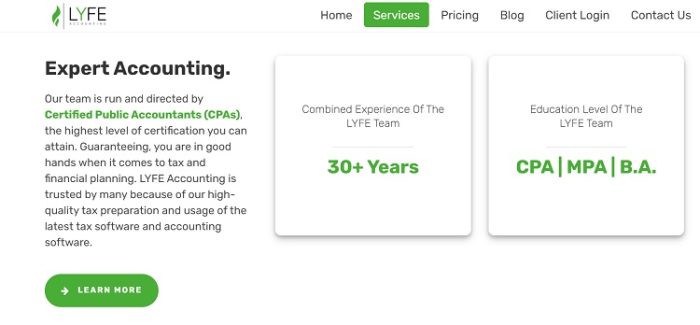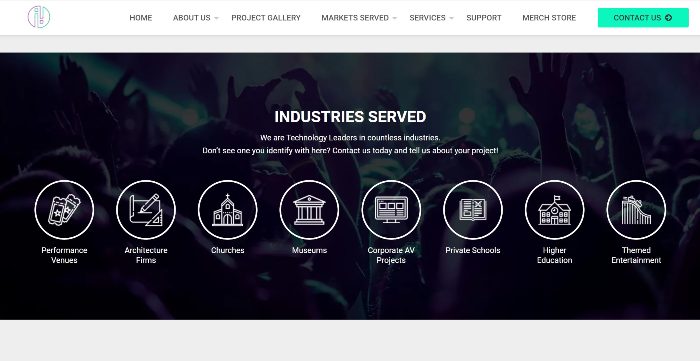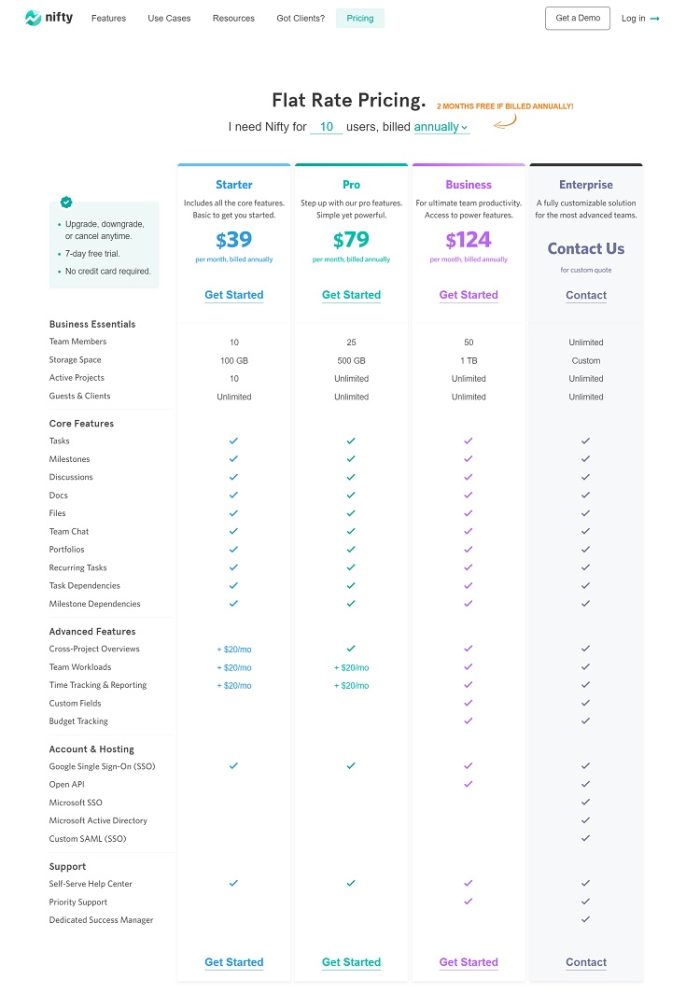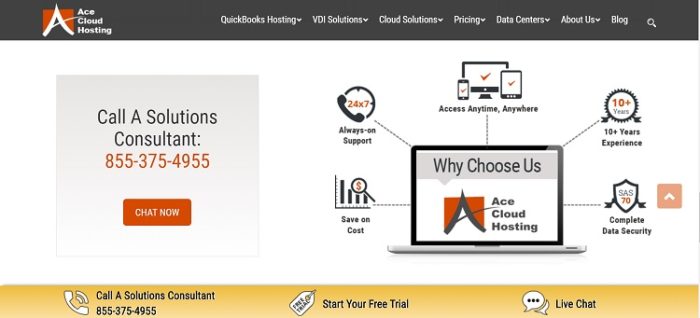The success of any website rests with the way it does, or does not, meet the needs of potential customers. You have to know who you’re trying to reach and what appeals most to them. Business owners are extremely busy. They don’t have time to hunt for information or figure out what you really mean on your B2B (business-to-business) website.
In a survey of hundreds of small business owners, Fundera discovered that the average small business owner’s salary is only $66,373. However, 70% reported working well over 40 hours a week and 19% said they worked more than 60 hours a week. Once you understand how precious their time is, you’ll be better equipped to give the information and help they need, concisely.
It’s always a good time to audit your B2B site to ensure you’re supporting potential clients. Look for ways to save time and present information clearly. Here are eight key elements to consider.
1. Add Trust Factors
The way you serve potential customers can impact their business as well. If they’re left waiting for a response, for example, they might not be able to continue operations as usual. Your B2B site needs to include trust factors so potential clients know you are authentic and reliable.
Trust factors include elements such as customer testimonials, social proof, and reviews. You should also list any professional association memberships or accreditations.

Lyfe Accounting does a good job of adding several trust factors to help new leads feel confident in their abilities. They showcase their 30-plus years of experience on their landing page. They also show off the education of their team. Scroll down the page and you’ll see a client testimonial and an offer for a free consultation.
2. Define Your Target Audience
To create a site that meets the needs of your site visitors, you have to know who your typical customer is. Think about the pain points a person looking for a product or service such as yours usually faces. How can you offer a quick solution to the problem?
Get to know the emotions driving them to seek an answer, and you’ll create a site matching their requirements.
3. Show Your Expertise
Every business-to-business company has a specialized set of skills. There may be some industries you’ve worked with more than others. You can always branch out, but it is helpful to your potential customers to see you’ve already served others in their line of work.
There are several ways to showcase your skills, such as adding testimonials from well-known brands, listing the industries you work with, or adding a portfolio of completed projects.

Illuminated Integration does an excellent job of listing the industries they work with frequently. Their homepage features a section titled “Industries Served” and lists performance venues, architecture firms, churches, museums, and others. They also indicate they are happy to work in other fields and to contact them for more information.
4. List Contact Information
The easier it is for potential customers to contact you, the likelier it is they will do so. Offer multiple channels for them to get in touch, including a toll-free number, a contact form, and live chat. People often prefer an immediate response, so don’t leave emails sitting in your inbox for days on end.
5. Show Clear Pricing
Users also don’t like to guess how much a service or product will set them back. Most small businesses have fixed budgets for each resource they need, and they know how much they have to spend in each category. They don’t want to waste their time or yours if they can’t afford what you’re offering.

Nifty offers project management solutions for all business sizes. Their pricing page breaks down the fees and everything you get with each package. It’s simple to understand what the costs are, so business owners aren’t left guessing.
6. Share Your Core Service Immediately
Don’t make people guess what you do when they land on your page. Your headlines and content should reflect what you excel at. Write clear sentences using action words to show what the user gains by doing business with you. If there is an opportunity for misunderstanding, spell it out.
For example, a local company offering sewage services could call itself a sanitation company. Many business owners might feel the name means garbage pickup. There is a lot of room for confusion, so the company should spell out precisely what they do on their website. If someone lands there looking for trash removal, they won’t waste their time.
7. Answer Their Questions Upfront
Every B2B company has some questions their leads ask over and over. Think about how you can onboard your leads by answering their questions before they even ask them. You’ll save them time and reserve your salespeople for working only with those prequalified and truly interested in your business services.
Call logs are your best source for frequently asked questions. You should also turn to your sales department to find out what things confuse new customers. Come up with a knowledge base, create informational videos, and answer questions before the person asks them.

Ace Cloud Hosting offers a summary of what they offer. These are likely questions potential customers ask over and over again. In addition to placing an infographic on their landing page to show features, they also write content such as an article titled, “Answers to Cloud Hosting,” where they explain popular queries and how they handle them.
8. Take Support Tickets
Many of your potential customers may try a demo before committing to doing business with your brand. Make sure you have a support system to help new clients with their onboarding process and fix any glitches. The more quickly you get them up and running, the faster they can fall in love with your services.
Remember to Test Your Website Processes and Functions
Every function of your website should run smoothly. Click each link, try each feature, and make sure any issues get fixed rapidly. If you run a service-based business, people are bound to run into problems sooner or later. The solution is resolving them and showing they can trust you with their repeat business. Pay attention to the little things, and you’ll become indispensable to your users.


